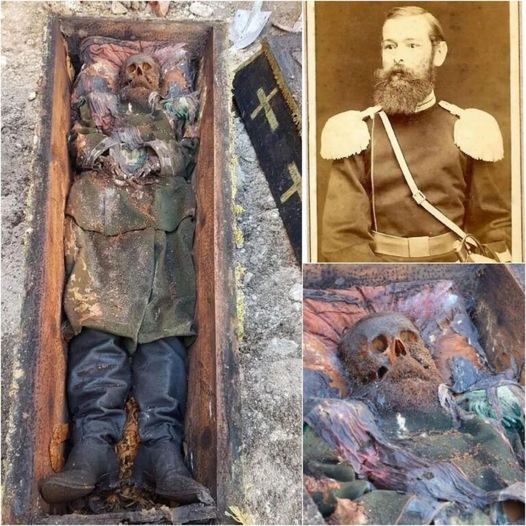In the quiet town of Ardahan, Turkey, a remarkable historical treasure has been unearthed – the remains of a 19th-century Russian soldier. This unexpected discovery has ignited a wave of fascination and scholarly intrigue, shedding light on a pivotal moment in the region’s tumultuous past. The soldier’s skeleton, adorned with the Russian Orthodox cross and clad in remnants of a military uniform, offers a tangible connection to the Russo-Ottoman war of 1877-78, a conflict that reshaped the political boundaries of the Caucasus and the Balkans.
The Soldier’s Grave: A Window into History
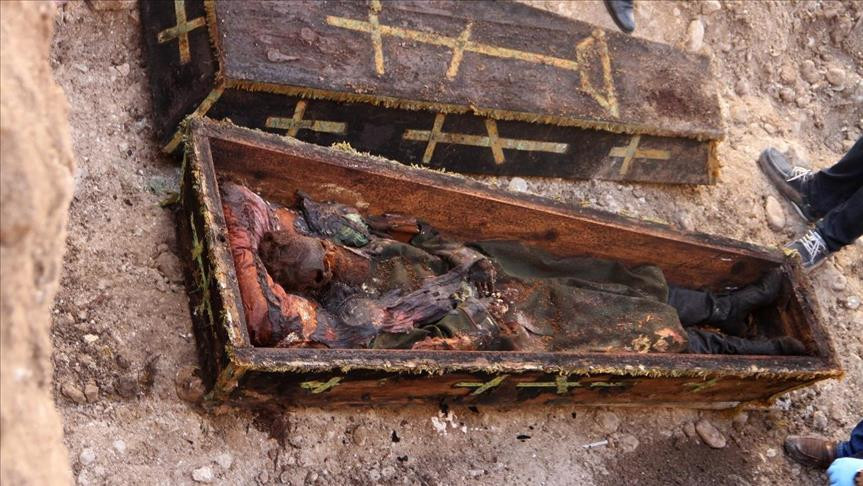
The soldier’s skeleton was found in the Karagol neighborhood of Ardahan province, an area that fell to Russian troops in May 1877 during the course of the Russo-Ottoman war. The markings on the clothing, including three stars and the number 20, have provided valuable clues about the individual’s identity and rank. Archaeologists and historians have noted that the soldier was buried according to Christian religious rites, with no valuable artifacts found in the grave aside from the skeleton and attire.
This detail underscores the cultural and religious differences that shaped the dynamics of the conflict. The careful burial of the soldier, according to Christian traditions, serves as a poignant reminder of the human cost of war and the lasting impact it can have on local communities.
Insights into the Russo-Ottoman War
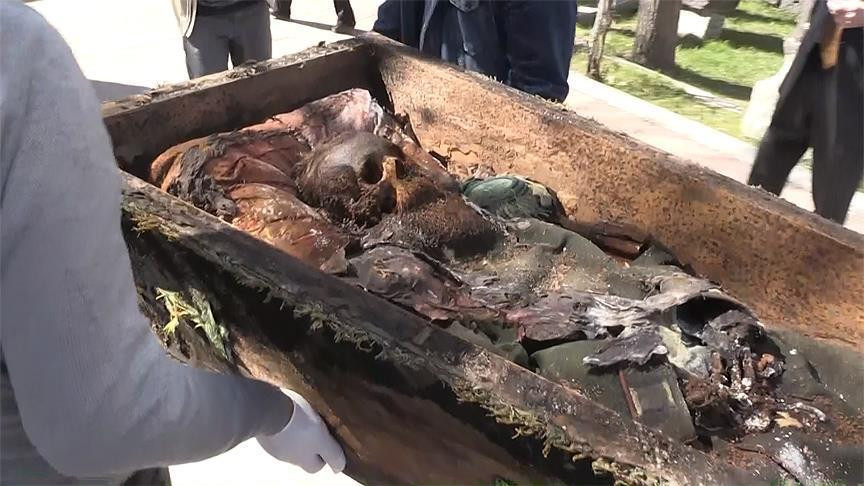
The discovery of this Russian soldier’s grave offers a rare and tangible glimpse into the experiences and sacrifices of the individual soldiers who fought in this conflict. Researchers hope to gain valuable insights into the day-to-day realities of the war, the strategies employed by the opposing forces, and the broader social and political implications of the conflict.
The Russo-Ottoman war of 1877-78 was a significant event that redrew the political boundaries of the Caucasus and the Balkans, with far-reaching consequences that continue to resonate today. Through the examination of the soldier’s remains and artifacts, scholars aim to shed new light on this pivotal moment in history and the experiences of those who fought and died in the pursuit of their nations’ interests.
The Human Cost of War
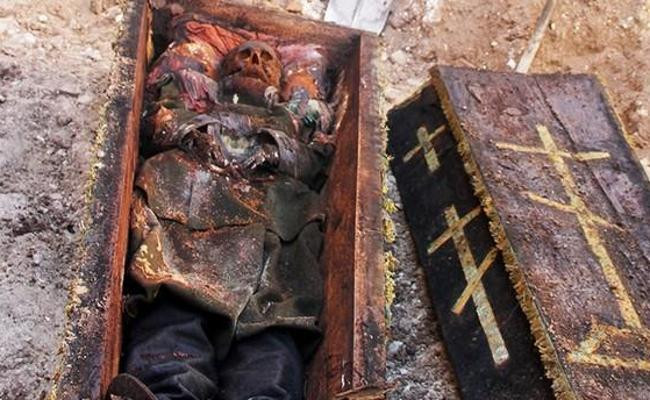
The unearthing of this Russian soldier’s grave stands as a testament to the enduring power of history to capture the imagination and spark scholarly inquiry. It serves as a poignant reminder of the human cost of war and the lasting impact it can have on local communities.
The careful burial of the soldier, according to Christian traditions, underscores the cultural and religious differences that shaped the dynamics of the conflict. It is a tangible reminder of the sacrifices made by individual soldiers, whose stories are often overshadowed by the larger historical narratives.
Preserving the Past, Shaping the Future
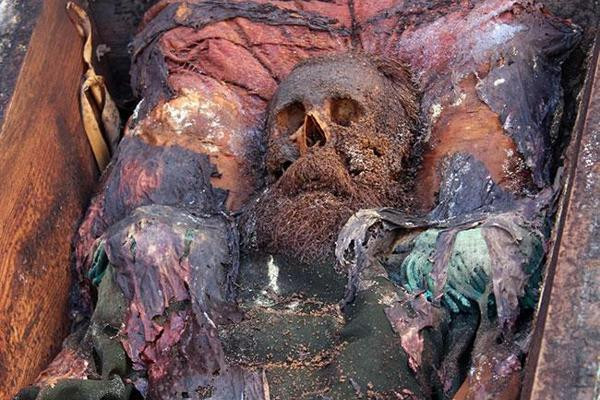
As scholars continue to study this remarkable discovery, the story of this Russian soldier will become woven into the rich tapestry of the region’s history. This discovery has the potential to shed new light on a pivotal moment in history, and to inspire further research and understanding of the Russo-Ottoman war and its lasting impact on the region.
Through the preservation and study of historical artifacts like this soldier’s grave, we can gain a deeper appreciation for the sacrifices and struggles that have shaped the modern world. By honoring the memory of those who came before us, we can work to build a more just and peaceful future, one that is grounded in the lessons of the past.
